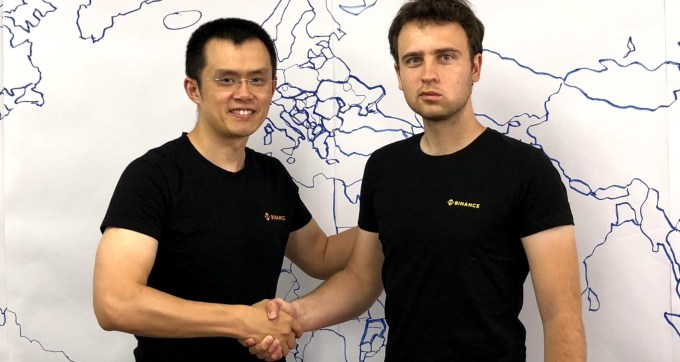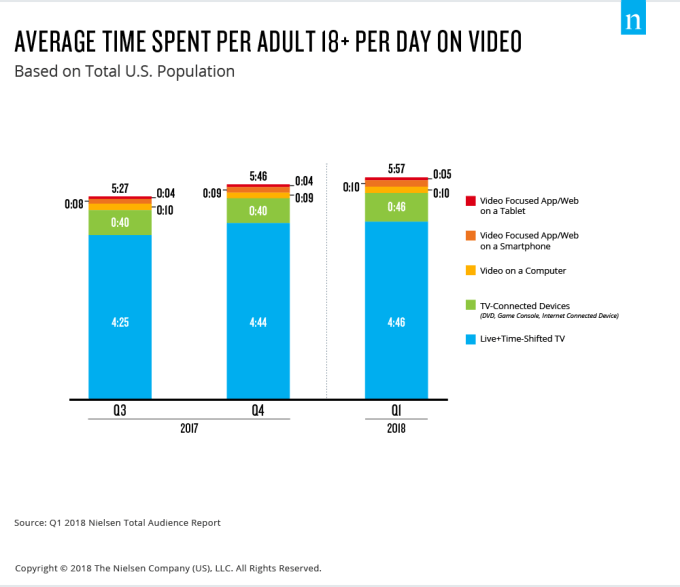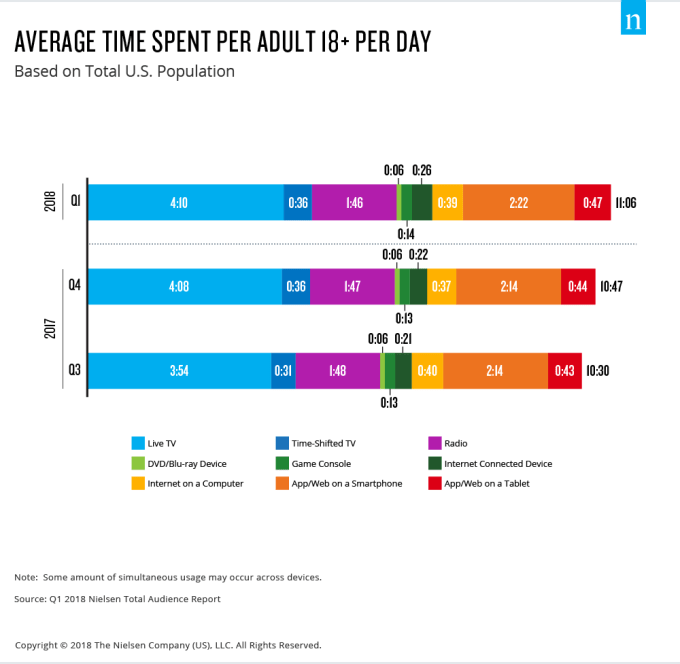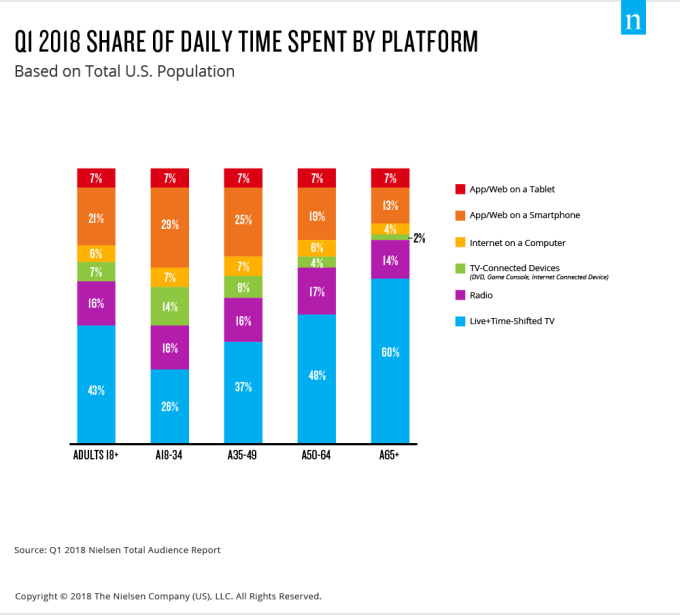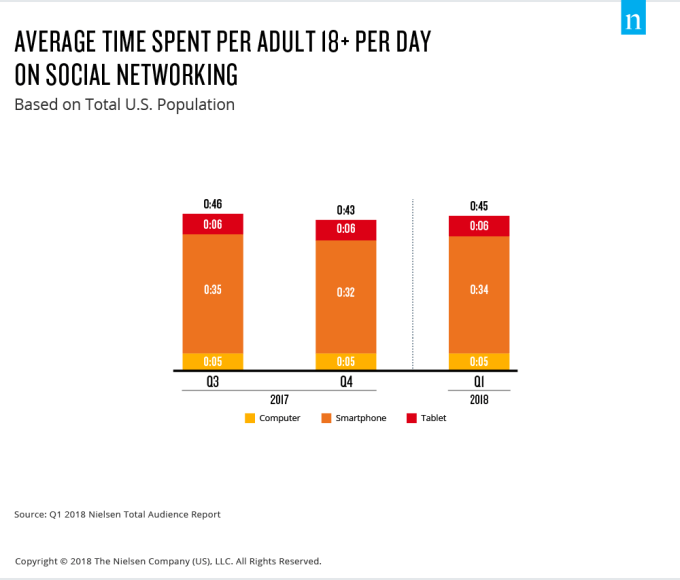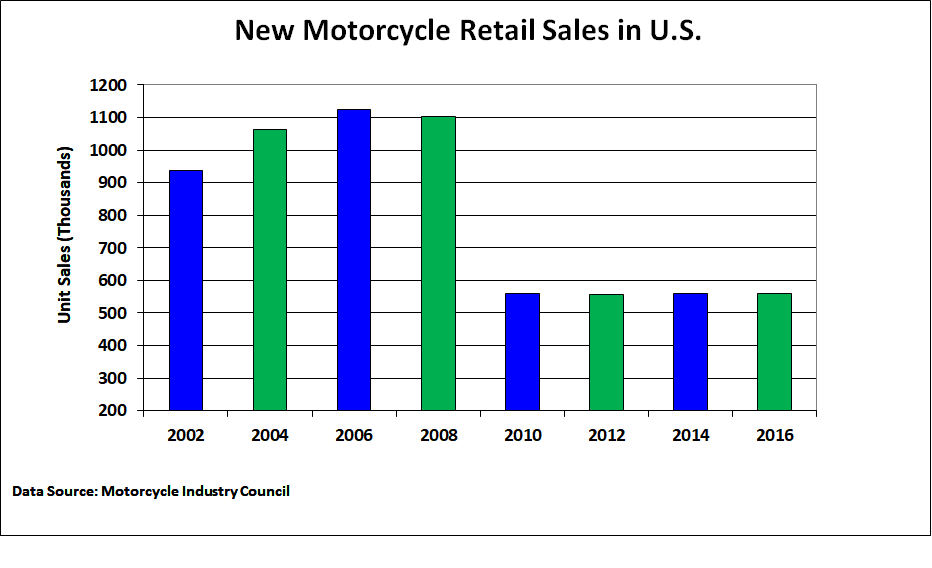If there’s one truth that applies to early-stage startup founders, it’s that there never seems to be enough time to get it all done. We feel your struggle. That’s why we’re extending the application deadline to compete in TechCrunch Startup Battlefield MENA 2018 in Beirut, Lebanon on October 3.
We’re looking for the best pre-Series A startups in the Middle East and North Africa, and we’re giving you an extra week to get it together. The new deadline expires on August 6, 2018, at 9 p.m. PST. Don’t waste any time — apply today.
Competing in Startup Battlefield is the best way to launch your startup to the world. Participating startups receive invaluable exposure — to media, to potential investors and to the world-wide TechCrunch audience. We’ve been hosting Battlefields since 2007, and in that time our Battlefield alumni community — more than 750 companies — has collectively raised over $8 billion in funding and produced more than 100 exits. Companies you might recognize include Mint, Dropbox, Yammer, TripIt, Getaround and Cloudflare. This is your chance to join the club.
Here’s what you need to know about competing in Startup Battlefield MENA 2018. First, TechCrunch editors — an experienced and highly discerning lot — review every eligible submission and ultimately choose 15 startups to show their stuff.
The competition begins with three preliminary rounds — five startups per round will each have six minutes to pitch and present their demo. The judges have six minutes following each pitch for a rigorous Q&A — don’t stress: each team of founders receive free pitch coaching from TechCrunch editors. Five startups move on to the finals to pitch a second time in front of a fresh set of judges, and one outstanding startup will be chosen the winner of TechCrunch Startup Battlefield MENA 2018.
In addition to the previously mentioned media and investment exposure, the winning founders receive a US$25,000 no-equity cash prize, plus a trip for two to compete in the Startup Battlefield at TechCrunch Disrupt in 2019 (assuming the company still qualifies to compete at the time).
Now, here’s the fine print on eligibility. While we extended the application deadline, these basic requirements still apply to all founders:
- Have an early-stage company in “launch” stage
- Be headquartered in one of these eligible countries: Algeria, Armenia, Bahrain, Egypt, Georgia, Iraq, Israel, Jordan, Kuwait, Lebanon, Libya, Mauritania, Morocco, Oman, Palestinian Territories, Qatar, Saudi Arabia, Tunisia, Turkey, UAE, Yemen
- Have a fully working product/beta reasonably close to, or in, production
- Have received limited press or publicity to date
- Have no known intellectual property conflicts
- Apply by August 6, 2018, at 9 p.m. PST
The gift of time is rare indeed, and we hope you take advantage of this extended deadline — August 6, 2018, at 9 p.m. PST. Competing in TechCrunch Startup Battlefield MENA 2018 could very well change your life. Submit your application today.


